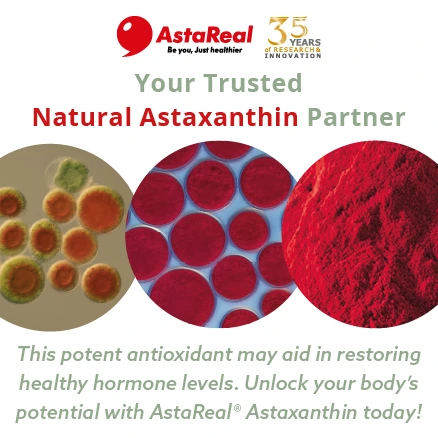Circular beauty: Portuguese researchers upcycle olive oil byproducts into face masks
19 Apr 2023 --- As the cosmetic industry looks toward byproducts from agri-food for upcycled ingredients rich in bioactive compounds, Portuguese researchers have found chemical and rheological benefits of a semi-solid paste (SSP) derived from olive pomace extraction. They developed a facial mask with moisturizing and antioxidant properties containing SSP.
“This work highlights the potential of olive pomace to obtain an innovative ingredient to be used in facial mask formulations as a sustainable source of lipid and polar bioactive compounds,” the study states.
“The lipid fraction of this new ingredient is a source of antioxidants (such as vitamin E) and hydrosoluble compounds (such as phenolics) that protect the skin against oxidative stress. The 5% SSP-containing mask showed a 17-fold increase in total phenolic content compared to the base mask [without SSP].”
The researchers also demonstrated that the SSP facial mask had a pleasant visual aspect, with no odor and good spreadability. “This mask shows a pseudoplastic behavior with thixotropy, which are important characteristics for application and consumer acceptance,” they say.
The study aimed to add value to SSP – a sub-byproduct of olive – from a zero-waste perspective. The researchers emphasize that the olive oil industry generates high amounts of waste, such as leaves, olive pomace, stones and mill wastewater, particularly during the agricultural and oil production stages.
“As olive oil has been used as a cosmetic and skin protector since ancient times, olive pomace application in skincare is promising,” they underscore.
 The researchers developed a facial mask with 5% SSP as an ingredient.Upcycling for circularity
The researchers developed a facial mask with 5% SSP as an ingredient.Upcycling for circularity
The study spotlights the growing focus on environmental sustainability as a critical driver for personal care industry innovation, leading to new procedures and products while offsetting waste.
“The concept of a circular economy is based on the reduction and elimination of waste through the upscaling of residues, thus adding value and expanding their life cycle. In that sense, agri-food byproducts have been a recent focus of investigations,” the study writes.
“Each year, byproducts represent billions of tons of residues discarded from various industries, posing a significant disposal problem. Agri-food byproducts are promising sources of compounds with biological properties, representing renewable, low-cost and sustainable raw materials.”
The researchers elaborate that olive pomace is a “major” ecological concern due to its high phenolic and organic load and low pH, contributing to potentially hazardous effects on soil and water. On the other hand, it is rich in phenolic compounds, which demonstrate antioxidant, anti-aging, photoprotector and anti-inflammatory activities.
According to global market researcher Innova Market Insights, ingredient circularity offers a solution to tackle global sustainability issues.
“This trend is now also part of personal care innovation, where beauty brands use upcycled ingredients left over from other product production. Industry upcycling solutions might be a response to consumers expecting ingredient transparency in personal care,” the researchers state.
PersonalCareInsights is hosting a webinar on circular beauty to discuss how personal care brands can deliver a waste-free future.
Olive pomace extraction
The researchers received fresh olive pomace, collected immediately after olive oil production, from different olive oil producers – two samples from the North of Portugal, Trás-os-Montes, and two from the South, Alentejo. Olives are rich in phenolic compounds.
Olives are rich in phenolic compounds.
The samples were mixed to represent the Portuguese panorama regarding the main areas of olive oil production. A sample of the final olive pomace weighing 200 g was subjected to a patented extraction process.
The sample was pressed using a hydraulic press for 30 minutes and the obtained semi-liquid fraction was collected. This fraction was further centrifuged, the supernatant was discarded for other applications and the obtained pellet (SSP) was freeze-dried for further characterization and mask development.
The researchers developed a control base formulation (without SSP) and a base with 5% of SSP as an ingredient for the facial mask formulation. “The masks developed in this study presented a homogenous appearance and similar green-to-gray coloring across both types. The formulations exhibited an opaque appearance, semi-solid consistency and no particular smell.”
Additionally, the chemical analysis of SSP revealed high moisture and significant protein, fat and ash contents. Rheological analysis showed that the developed mask presented shear thinning behavior, thixotropy and texture characteristics desirable for skincare use.
“The results of this study showed the successful incorporation of SSP into facial masks and provide a preliminary assessment of this byproduct’s impact on the appearance and performance of these formulations,” the researchers conclude.
By Radhika Sikaria














